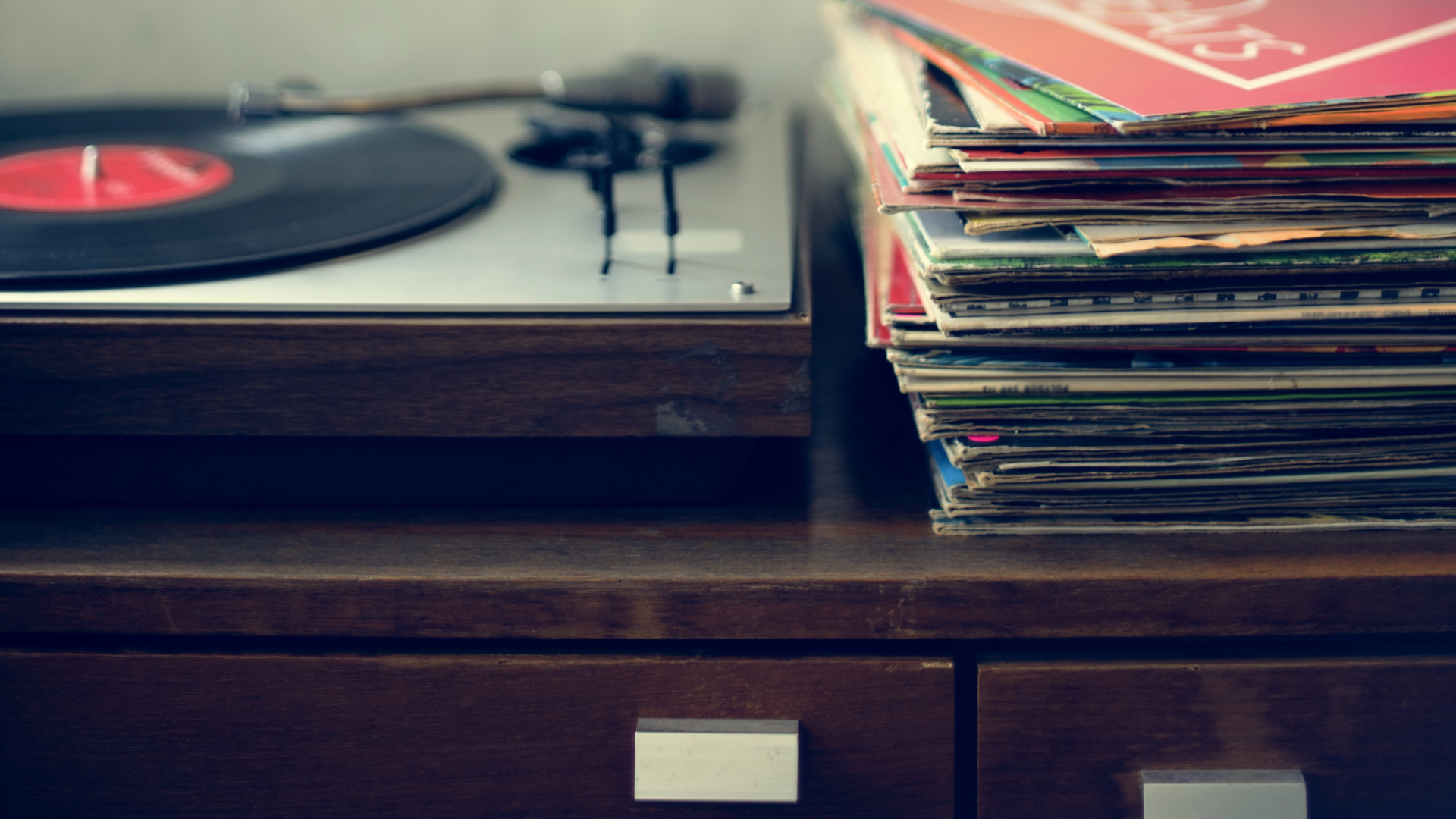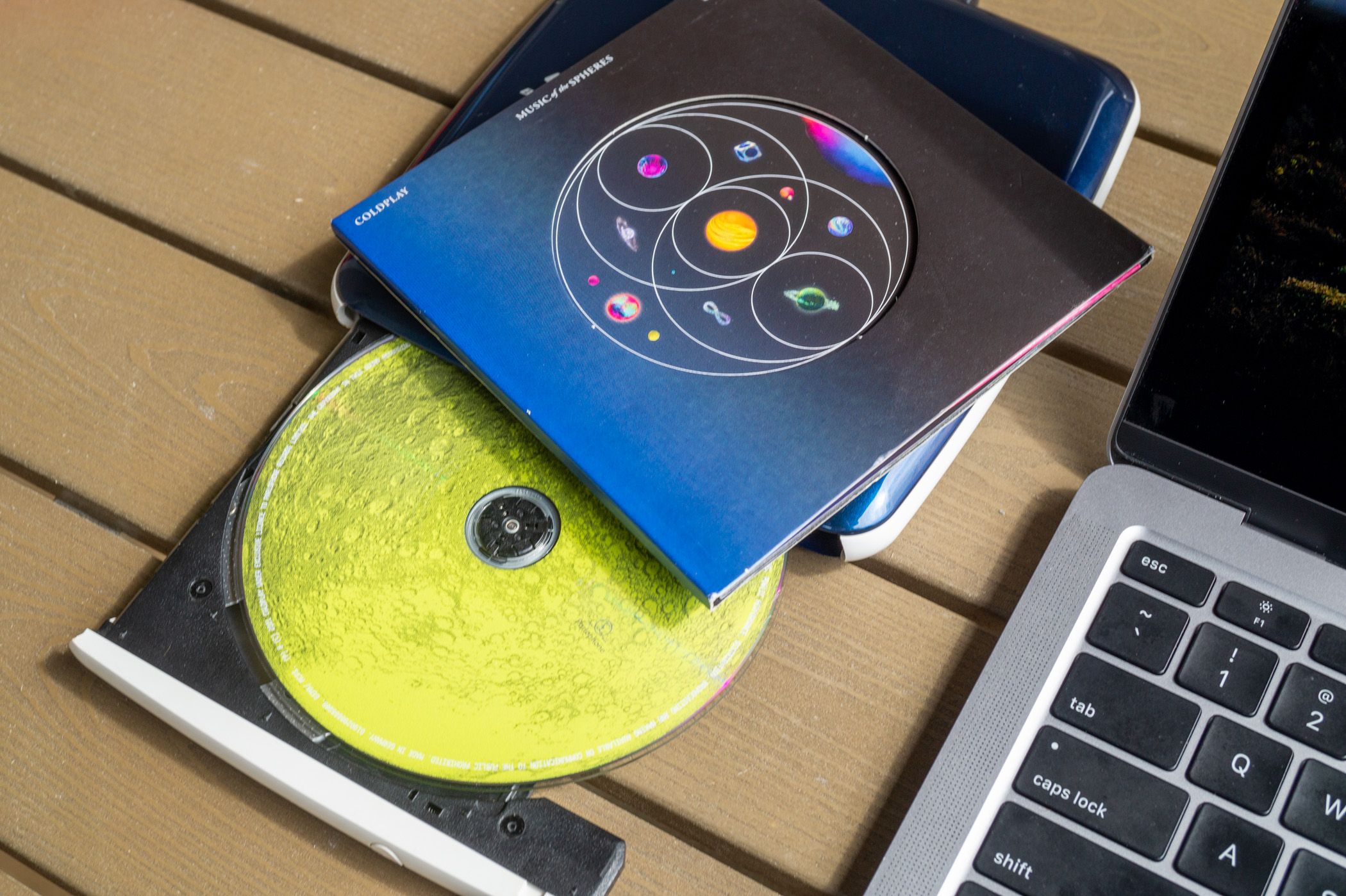Summary
- Analog audio uses physical representations of sound, while digital audio is represented by numbers.
- Digital audio is sampled rapidly, allowing it to be perceived as continuous sound.
- In practice, digital audio is typically superior, but personal preference determines the enjoyment of analog recordings.
The terms “analog” and “digital” are thrown around a lot in the audio world, and the assumption is often that you’re completely familiar with the nature and meaning of both terms. Just in case you’re not completely sure how these two types of audio recording and reproduction differ, I’ll break it down to the simplest facts.
What Is Analog Audio?
The term “analog” in the context of sound recording means exactly what you think. It uses an analogous medium to record a representation of sound. For example, on a vinyl record, the groove is cut as a physical representation of the original soundwave. You can put your ear to the record when the player is off and when you run the needle through it you can still hear the music. Albeit in a tinny, squeaky fashion.
Whichever medium is used: wax cylinders, vinyl record, or magnetic tape, the original soundwave is represented physically in that medium as a continuous wave.
What Is Digital Audio?
“Digital” means that something is represented by numbers. In the case of binary computer systems absolutely everything boils down to ones and zeros. On a CD (Compact Disc) there are “pits” and “lands” which either reflect a laser beam or don’t. Each one represents a bit or “binary digit.” Music stored on your phone has its bits represented by tiny flash memory cells, and on digital magnetic tape or magnetic hard drive platters, it’s the varying strength of a magnetic field that represents each bit.
Binary digits are arranged into binary code. The most common convention is the eight-bit byte, which represents a numerical value in base 2 numbers. Once you can make a number that represents the value of a sound at a specific point in time (e.g. the amplitude and frequency of the sound), you can record audio as a series of digital values.
There are only so many spaces for bits on a digital medium, so digital audio is “sampled’ thousands of times per second. Unlike analog audio that’s represented as a continuous recording, digital audio consists of slices of the sound played back in rapid succession. Almost like the individual frames of a movie. Just like a movie, if you have enough frames and play them back fast enough, people will perceive it as a continuous sound and not chopped up.
Generally, according to the Nyquist Theorem a “sampling rate” of 44.1KHz is enough to be indistinguishablee from analog audio. Along with the sample rate, there’s also the “bit-depth” which is usually 16-bit for CD quality audio. This is a measure of how many possible volume values (amplitude) can be recorded in each sample.
Analog vs Digital: Which Is Better?
There is a continuous, exuberant debate about analog and digital and which is better. The truth is that neither is “better” than the other in principle. In practice, digital audio is almost always the superior choice when you take all factors (e.g. convenience, resistance to degradation) into consideration, and the quality of the digital audio is sufficient.
There’s a persistent myth that vinyl audio sounds better, “warmer”, or any number of vague adjectives, but this has nothing to do with it being analog or digital. Rather, it has more to do with how vinyls are mastered and having a preference for that mastering process. Something that can be easily replicated on a digital recording.
If you want to understand exactly why vinyl isn’t what people think it is when it comes to audio quality, watch this excellent video by Real Engineering.
In any objective measure you want to take, digital is better. However, if you like what an analogue recording sounds like, then no one can tell you otherwise. So enjoy what you enjoy, whichever side of the fence that might be!


